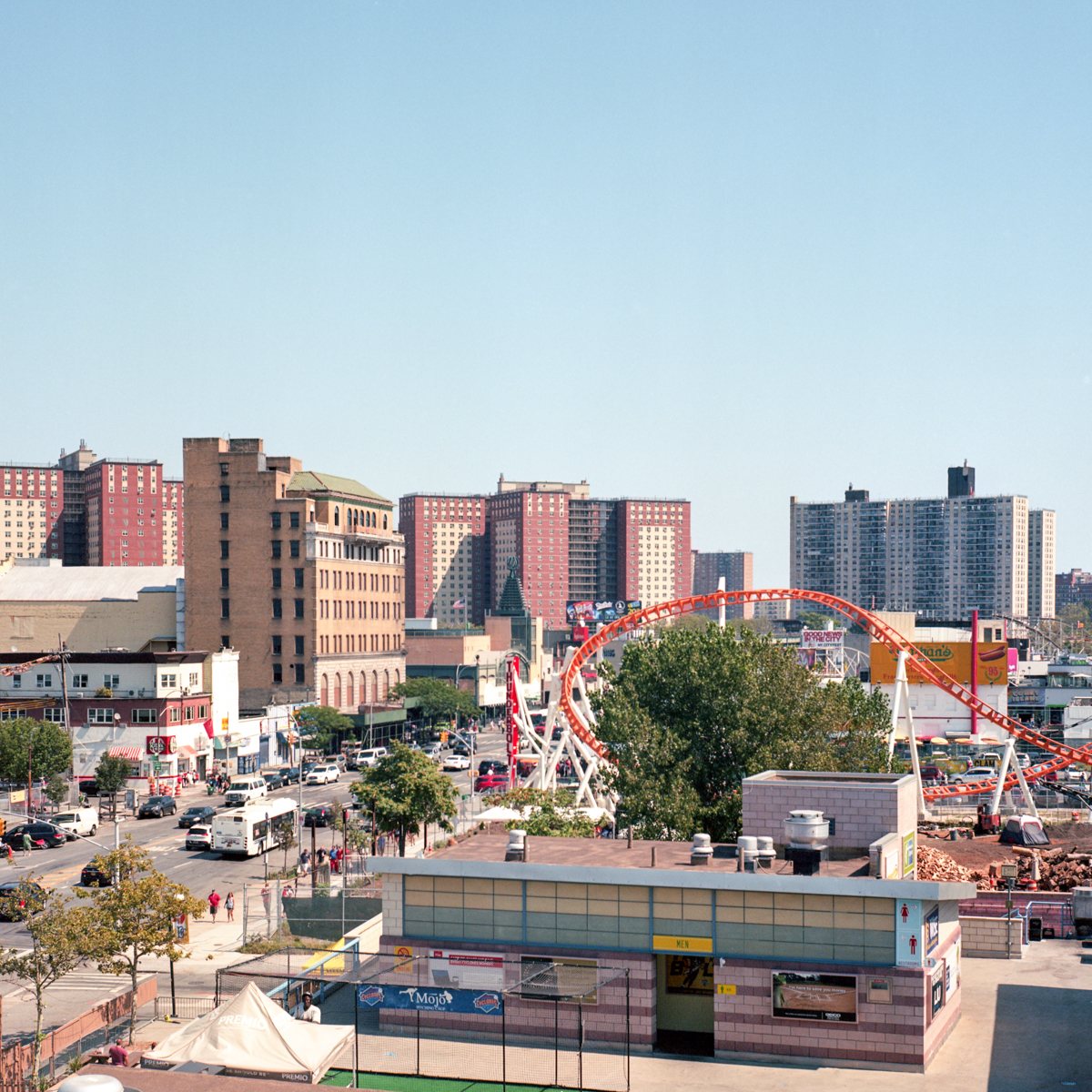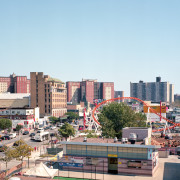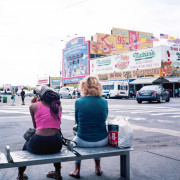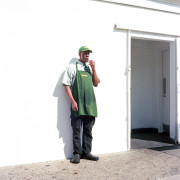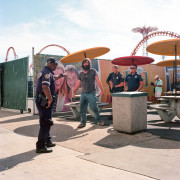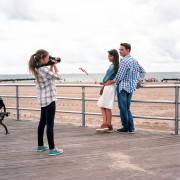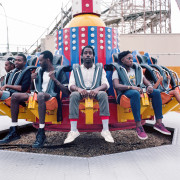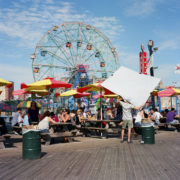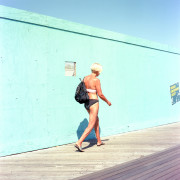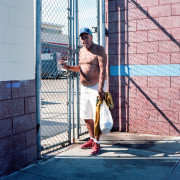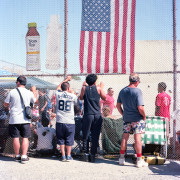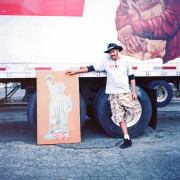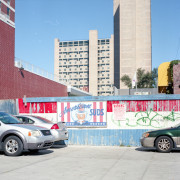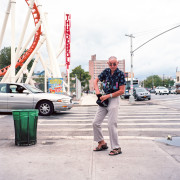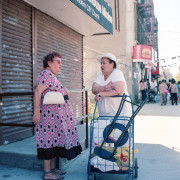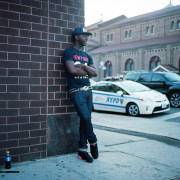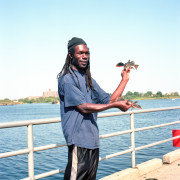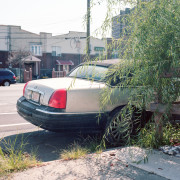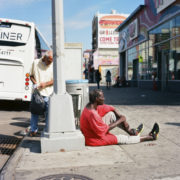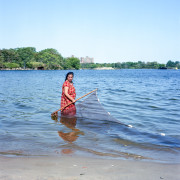Coney Island
I was asked to assist in facilitating a two-day City to Sea Workshop in Coney Island. The images in this set are the result of consulting with community members about their experiences of living in Coney Island and dealing with the crisis of Hurricane Sandy.
Coney Island is a place of two communities and one master-narrative. A disconnect exist between the local and the visitor and how this space is viewed. As outsiders when we think of Coney Island we think of Nathan’s Famous, roller coasters and long beaches, we don’t think of gang violence, poverty and project buildings (55 in total). When Hurricane Sandy hit New York is decimated the low-lying areas—Coney being one of them. Dead fish the streets, fish in people’s cars, cars floating down the street, no power, elderly ladies stuck in high-rise buildings with no power and no food. Sandy happened three years ago and the effects are still visible in the landscape. The initial financial help went to the amusement area. The reason for this is twofold: 1) this area is a historical landmark, 2) fixing up the amusement area and boardwalk area would put money back into the community.
Three years after landfall and understanding this community still seems to be focused around understanding how it dealt with (and continues to deal with) the hurricane. After all this is a community that was never equipped to rebound from disaster. Moving one block north of the boardwalk it becomes evident that Coney Island flooded three years ago and stayed flooded. Unable to move onward and upward and feeling socially disgruntled, the 35,000 inhabitants of the social housing buildings are wading. Observable is a clear division of mobility for tourists and immobility for the locals. We should remember that although there are bars on the windows (even the floors inaccessible from ground level), bars do not define prisons; prisons are merely places you don’t leave. Coney Island is much more than a tourist trap and weekend getaway for beachgoers. Coney Island is a prison to the local.
Amongst the participants, narratives that visually pushed against the grain of the master-narrative of Coney Island were dominant. My own is a reflection of the transition from ‘tourist space’ to ‘local space’.

